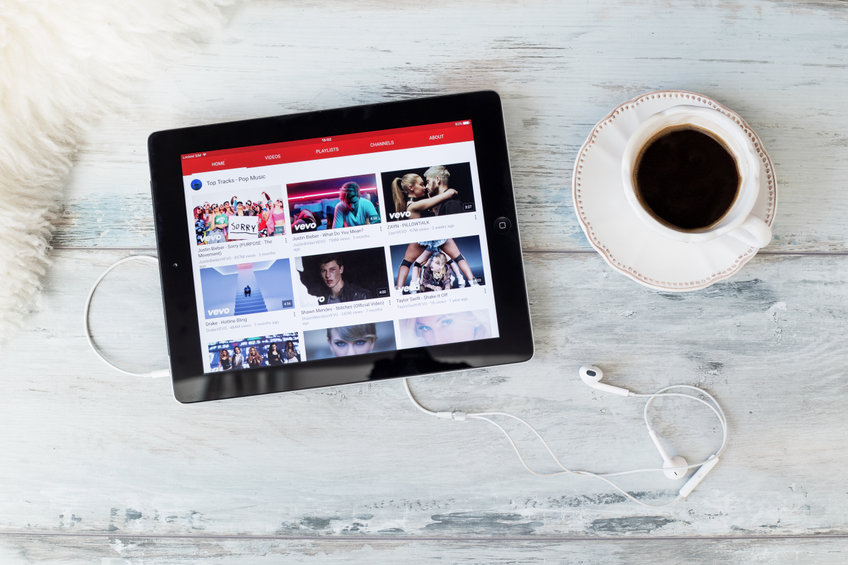Over the past decade, YouTube has become one of the main platforms for content creators, providing them with a worldwide audience and significant creative liberty. However, it is important to remember the various copyright protections that arise when an individual interacts with the platform. In the United States, copyright law protects five elements of original works – reproduction, distribution, public display, public performance, and derivative works – all of which are likely to be asserted at one point or another.
How are copyright protections asserted on YouTube?
The first element of copyright protection concerns reproduction. With respect to YouTube, reproduction may occur when users upload videos. By doing so, a digital reproduction of the video is being made on the page’s servers. At the same time, once a video has been uploaded and published, the distribution element occurs, given that the video has been distributed around the world via YouTube. Additionally, when a user views a YouTube video, the content may be publicly displayed and performed. The last element, derivative works, occurs when the original video is remixed or when a user creates a reaction video to the original video.
What rights do content creators retain when posting on YouTube?
By navigating and using YouTube, every user is agreeing to its Terms and Conditions, Privacy Policies and Community Guidelines. For content creators that regularly upload videos, there are a few provisions that require special attention. One of these provisions requires content creators to ensure that the content they upload to YouTube is free from third-party intellectual property unless authorization from the work’s author has been acquired. Also, while content creators retain ownership rights to the videos they upload, there are certain rights granted to YouTube and its users. Similarly, by posting original content on YouTube, the creator is granting YouTube a worldwide, non-exclusive, royalty-free, sublicensable and transferable license to use the content in connection with YouTube’s service and business. The content creator is also granting every YouTube user a worldwide, non-exclusive, royalty-free license to access the content through YouTube, and to use it, including to reproduce, distribute, prepare derivative works, display, and perform it, as enabled by YouTube’s features. Importantly, if any of the content uploaded by an individual is found to be in breach of the Agreement, YouTube reserves the right to remove the content from the individual’s account.








